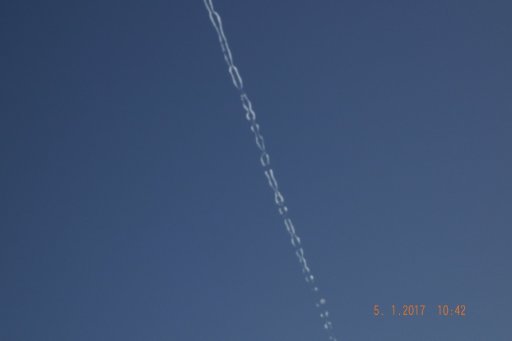You are using an out of date browser. It may not display this or other websites correctly.
You should upgrade or use an alternative browser.
You should upgrade or use an alternative browser.
Why do inner contrails spread more than outer contrails?
- Thread starter Clouds Givemethewillies
- Start date
Trailspotter
Senior Member.
I think this is due to the wake vortices, which deform the inner trail differently than the outer ones. I have an unpublished video of a symmetrical evolution of A380 contrails, showing the above. I'll dig up and post at the weekend.Anybody know why the inner trails spread so much more than the outer?
I think it's to do with the wing vortices.Anybody know why the inner trails spread so much more than the outer?
Source: https://www.youtube.com/watch?v=xl6iR7w7a_Q
The outer trails get "folded back on themselves" by the vortex while the inner ones sink below and spread out a bit.
Clouds Givemethewillies
Senior Member
I think it's to do with the wing vortices.
Source: https://www.youtube.com/watch?v=xl6iR7w7a_Q
The outer trails get "folded back on themselves" by the vortex while the inner ones sink below and spread out a bit.

Nice video, but I am not entirely convinced that spinning holds things together..
Looking at the video the outer trails appear denser because they are folded into more of a tubular shape. You can also see that the more persistent trails are behind the outer engines, while the inner ones seem to dissipate more quickly.Nice video, but I am not entirely convinced that spinning holds things together..
Clouds Givemethewillies
Senior Member
It might just be a greater mismatch between the exhaust velocity (relative to ground) and the surrounding air causing more turbulence/mixing.
I think it's to do with the wing vortices.
The outer trails get twisted around by the wing vortices. The inner trails get spread by the vortex sheet.
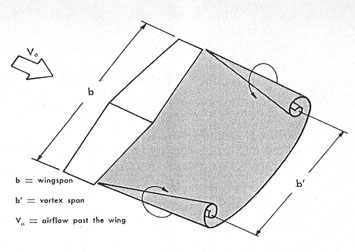
The area of low pressure coming off the wing of a plane is not just two vortices, it's a sheet of low pressure that begins immediately to fold up at the ends. You can see this in that aerodynamic contrail:
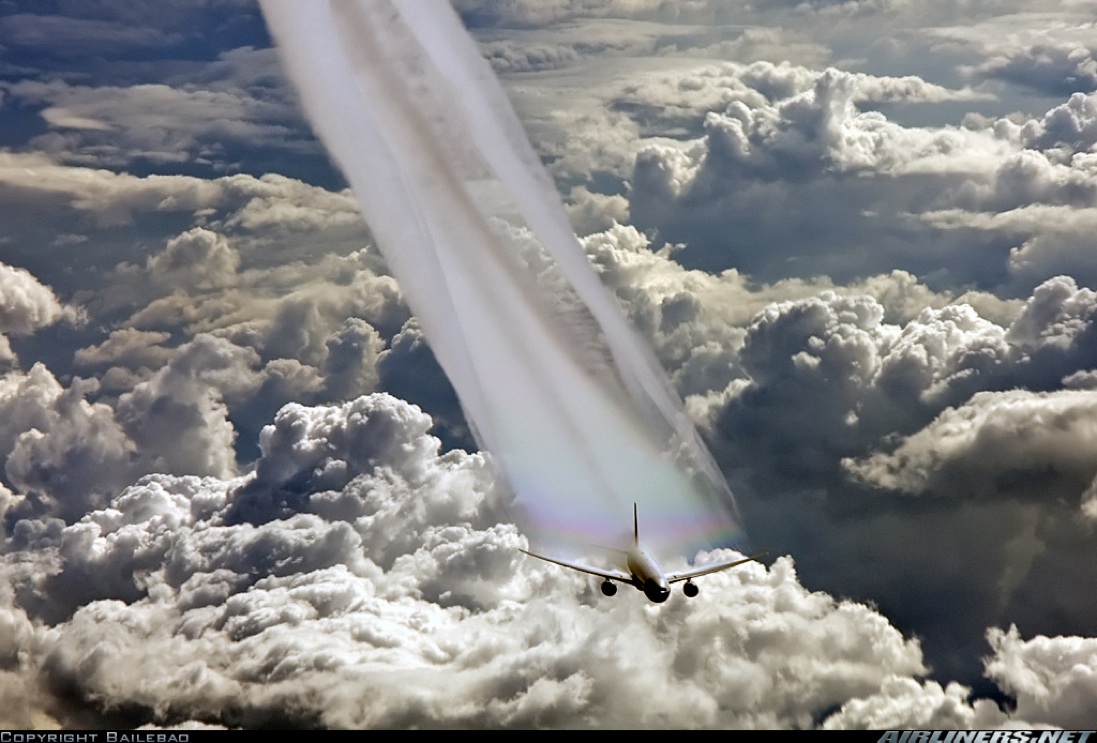
The exhaust contrails are injected into this sheet, and the spreading and curling of the sheet is what creates the initial shape:
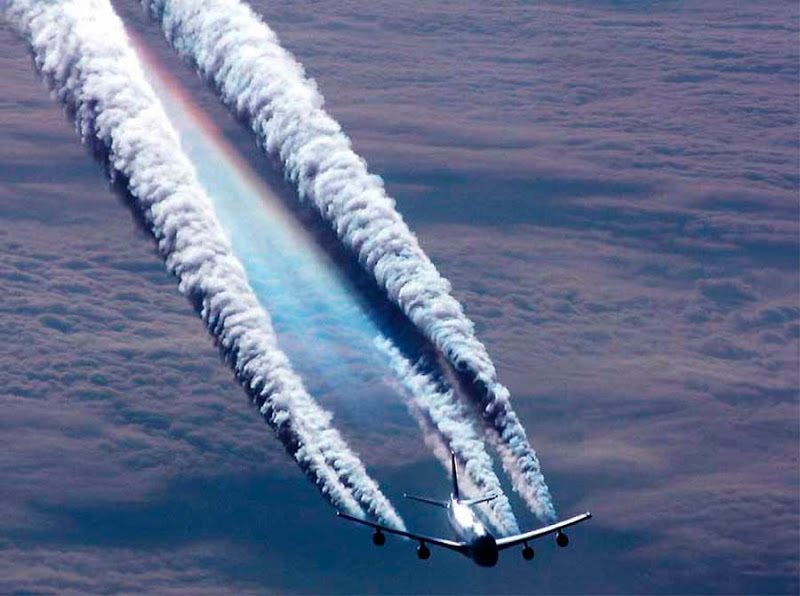
Clouds Givemethewillies
Senior Member
Why does the 'vortex sheet' spread the trails?The inner trails get spread by the vortex sheet
Last edited:
Why does the 'vortex sheet' spread the trails?
Initially the trails are just expand with mixing, but they continue to spread essentially because the sheet is spreading out.
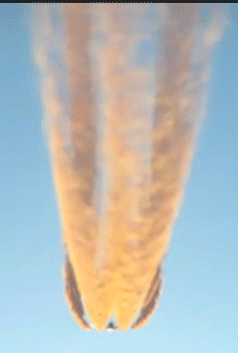
It's kind of like the rolling up of the vortices is pulling the sheet from either side. Watch the development of the vortices at 3:15 here:
Source: https://youtu.be/dfY5ZQDzC5s?t=3m15s
Clouds Givemethewillies
Senior Member
I think you have explained how two trails can roll-up one, but I am not sure it explains why it is thicker within one plane's length. If it spreads horizontally it should thin vertically, and I have not seen this... yet.
Similar threads
- Replies
- 45
- Views
- 4K
- Replies
- 26
- Views
- 3K
- Replies
- 3
- Views
- 1K
- Replies
- 5
- Views
- 2K

